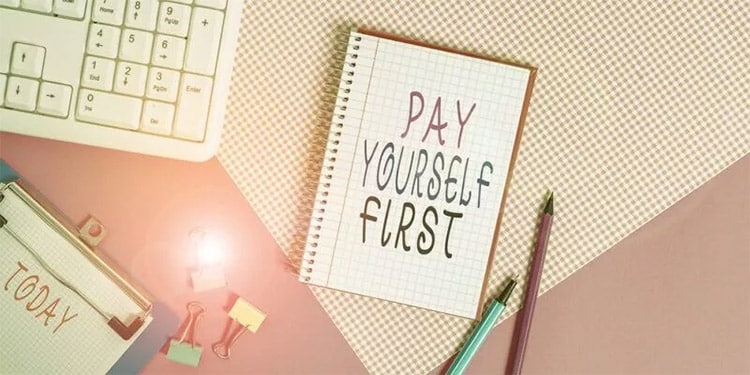Budgeting is hard. Oftentimes, it can be discouraging, especially if you find that you have too little money by the end of it.
However, no matter how “little” you think you have, creating a budget is one of the keys to financial independence.
Further, you don’t have to compare yourself to others. Each one of us has varying circumstances in life. Our budgeting method should also reflect that.
What may work for others may not work for you (and vice versa).
In this article, we wrote down a list of personal budgeting methods you can try. We also indicated the type of person best suited for each method to help you out further.
50-30-20 Method

This method is also known as “The Balanced Money Formula,” which was popularized by Elizabeth Warren and Amelia Tyagi.
The basic idea of this method is to spend 50% of your income on needs, 30% on your wants, and the last 20% on your savings.
What constitutes “needs,” “wants,” and “savings?”
Your needs are what you cannot live without. Your groceries, clothing, utilities, mortgage, gas, etc. go into this category.
As for wants, these are non-essential to your survival. Basically, it is everything else. (If you are planning to upgrade your phone or buy a fancy dress, then those purchases go here.)
Your debt payments, emergency fund, and retirement plans go into your savings.
Who should try this method? Novice budget planners. The 50-30-20 system is one of the most straightforward budgeting methods.
Thus, it is a perfect strategy for people who do not want to obsessively track their spending.
However, one of the cons of the Balanced Money Formula is that it won’t necessarily be applicable to certain people, such as those with a high debt to repay or a huge financial goal.
After all, 20% of your total income may not be enough to cover your “savings.”
It can also be easy to overspend. So, be sure to either keep track of your expenses or allocate a bit more for your “wants.”
Envelope Budgeting

This method is also called “Cash-Only” Budgeting.
To do this, you first need to think about your expenses. Afterwards, place the amount of money you want to spend for each category in separate envelopes.
You then spend all the money until you can replenish it.
Who should try this method? People who are trying to curb their overspending tendencies.
One advantage of this method is that once the cash is spent, you cannot get any more. It’s plain and simple.
However, there are a few cons. One, this approach is not recommended if you are not comfortable with having a lot of cash around. It can also be easy to lose or misplace an envelope.
You also need to keep yourself in check to avoid going through the other envelopes.
Zero-Based Budget

Despite what its name suggests, this method does not involve spending every single peso you have.
Rather, you need to know where every peso is going. (And yes, this includes your savings as they leave your payroll account.)
When you subtract your expenses from your income, you should arrive at ₱0.
Who should try this method? Meticulous planners and overspenders—people who like to be in control of where they spend their money. This is also one of the more strategic budgeting methods.
In a way, you can think of it as “micromanaging” your money. Further, you do not expend cash unless you planned for such.
Still, one of the cons of zero-based budgeting is how time-consuming it is. You need to allocate some time at the start of each month to budget your finances.
Not everyone can do so.
Also, one unexpected expense can throw off your entire budget. Thus, if you were to use this method, make sure to set aside some emergency funds for that purpose.
“Pay Yourself First” Method

This is also called the 80-20 method. And it is quite opposite in principle from the 50-30-20 budgeting method.
This approach places a greater emphasis on your savings and debt repayments.
So, after receiving your salary each month, you allocate a specific amount to savings and/or debts. What’s leftover goes into whatever else you need.
Of course, your needs are important. But unlike in zero-based budgeting, you don’t have to worry a lot about where your money is going.
Who should try this method? People who need more discipline in saving up.
However, it can be easy to overspend if you don’t track your expenses.
Choose the Right Budgeting Method

While there is no “perfect” approach to budgeting, you need to find out what works best for you. This is why different budgeting methods exist.
As such, evaluate your needs, wants, and obligations.
When you finally figure out what is most important to you, start planning your budget around it.
Now, you may be seeking a job that is both convenient and lucrative. Well, check out Remote Staff’s job listings. The company’s job board is regularly updated and has positions with competitive salaries.
Remote Staff has been in business for 15 years now and has given work-from-home opportunities to countless Filipino remote workers.
Curious to know more? Register today!

